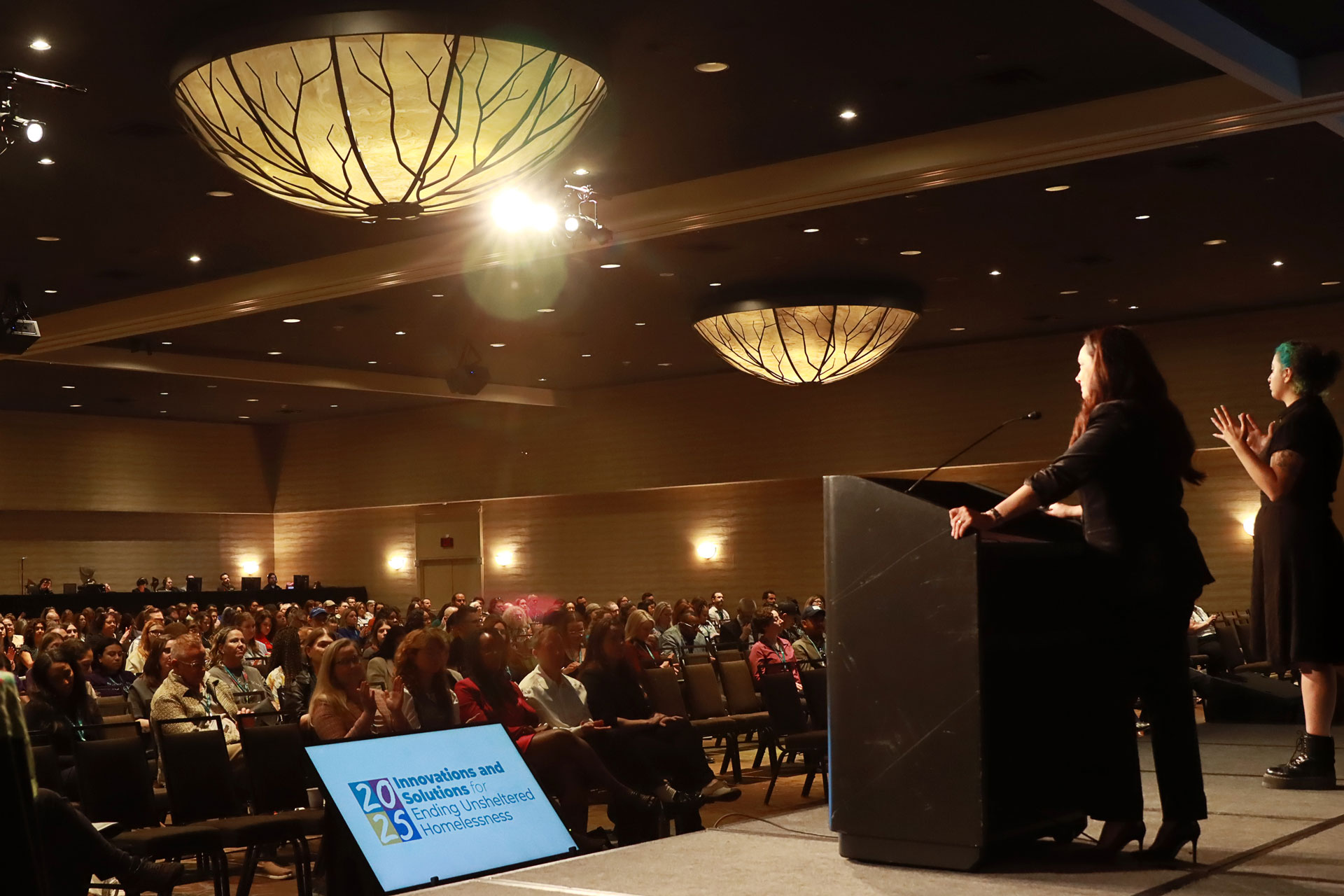Since 1981, Domestic Violence Awareness Month (DVAM) has been held each October as a way to unite advocates across the nation in their efforts to end domestic violence. During this time, advocates across the country raise awareness, identify ways to stop domestic violence and support survivors, and educate policymakers.
Domestic violence, also referred to as intimate partner violence, is a pattern of abusive behavior in which one partner exerts power and control over their intimate partner. An intimate partner is defined as a spouse or intimate partner, former or current. Domestic violence can include economic, emotional, physical, sexual, and/or spiritual abuse.
Domestic Violence Among Older Adults
Have you admired couples who have been married for 30 or more years? Older adults, even those who have been married long enough to celebrate these types of milestones, can be survivors of domestic violence. While some people believe that domestic violence only happens among young people, domestic violence occurs at all ages. Additionally, its impact, and whether and how survivors seek help, can vary by age.
Being an older adult in an abusive relationship can carry its own set of unique dynamics. Examples may include:
- Duration of the Relationship: In some cases, the intimate partner relationship may have been long-term, spanning decades.
- Tactics Evolve: The tactics used typically change throughout long-term relationships. Physical abuse may decrease and is replaced with an increase in emotional abuse, economic coercion, and verbal threats. Additionally, in some cases, the provision of care becomes a bargaining tool.
- Isolation: Isolation is a common tactic of domestic violence. Since loneliness has been identified as a public health emergency impacting older adults, the tactic of isolation compounds the adverse impact on the mental and emotional health of the older adult.
- Care: The perpetrator may use the provision of care against their older adult partner.
- Financial Factors: When the perpetrator is the sole breadwinner, it forces economic dependency.
Older Adults Face Distinct Challenges when Fleeing Domestic Violence
Older adults are particularly vulnerable to domestic violence and are often unaware that help is available. Fear, chronic health conditions, and lack of social support can be barriers to leaving an abusive situation and seeking help. Due to generational reasons, some older adults may not consider their circumstances as domestic violence. They may not have talked about domestic violence as much as we do now, and survivors often did not leave their home. When the survivor is dependent on the perpetrator economically, it can be scary to leave when the survivor is unsure of how they will be able to meet their basic needs on their own. Additionally, deteriorating health conditions can make it difficult to physically navigate leaving. Finally, older age can mean a diminished social circle, or an informal support system that cannot provide the help needed to leave an abusive situation
Support for Older Adults Seeking Shelter
The homelessness system is seeing an increase in older adults who are experiencing homelessness. Data from the National Intimate Partner and Sexual Violence Survey shows that annually, more than 7 million individuals experience domestic violence; of this number, approximately seven percent (500,000) identify housing services as a need. Older adult survivors of domestic violence are at increased vulnerability to homelessness.
Additionally, older adults currently represent 17 percent of the U.S. population, and this number is expected to grow to 22 percent by 2040. Considering this, the prevalence and incidence of domestic violence among older adults is likely to increase, as is their entry into the homelessness system. Therefore, it is crucial that homelessness providers not only gain an understanding of how older adults experience domestic violence, but also plan on ways to best support them.
Survivors must be believed and reassured that no one should be abused.
Support includes:
- Listen: Pay close attention to words that align with signs of domestic violence and common tactics used by a perpetrator since older survivors may not self-disclose or identify as being a survivor of domestic violence.
- Validate: Acknowledge that abuse is not their fault and recognize that it takes courage to share these private details.
- Connect: Support them while they report and receive services through a domestic violence provider.
- Support: Help older adult survivors to complete necessary paperwork for resources, such as public assistance, community resources. They may need support like SOAR to help them apply for social security benefits.
- Accommodate: Remember older adults may have unique needs (i.e., mobility, dietary, accessibility), and based on their experience of domestic violence may need a private room.
For additional information, please see HUD’s Resource on Homelessness Assistance and Domestic Violence.
Stay Updated: Solutions, Stories, and Ways to Make an Impact
Sign up to receive updates on the Alliance’s work, including the latest research, advocacy efforts, and real stories of progress — plus ways you can help drive lasting change.











